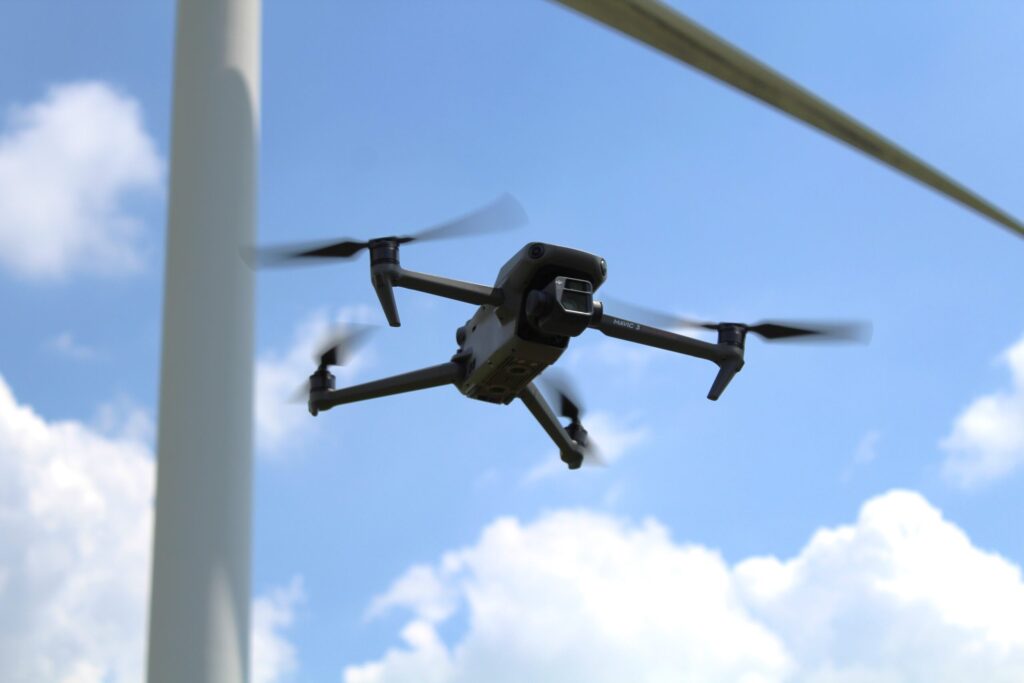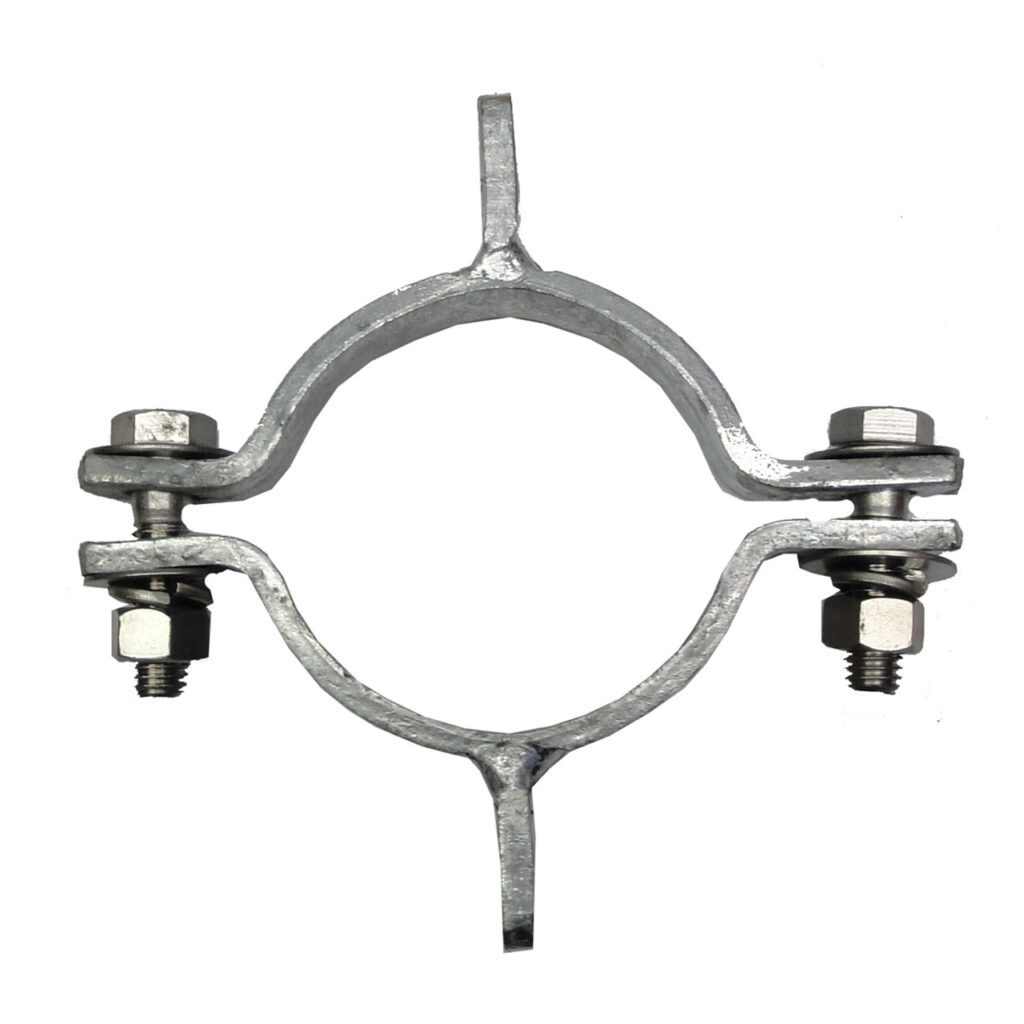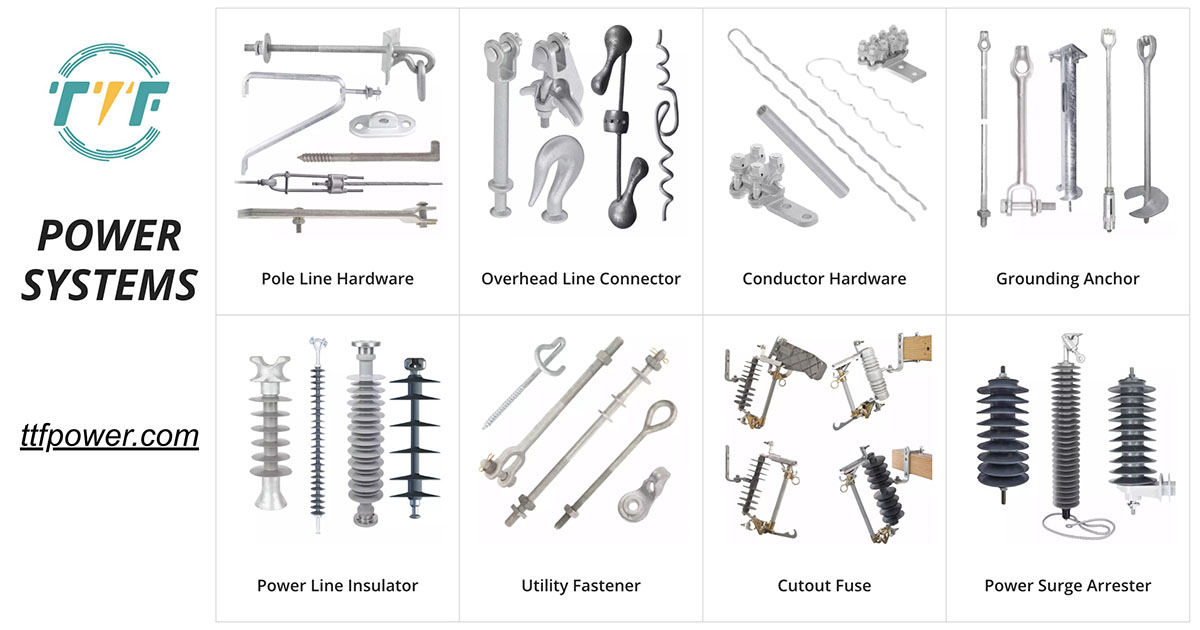
South America has abundant natural resources, including high solar irradiance and strong winds. The wind resources have led to increased adoption of AI-driven wind turbines that help optimize energy production. Smart turbines use artificial intelligence, machine learning, and IoT technologies. These technologies help to enhance performance, reduce maintenance costs, and improve grid integration. Traditional wind turbines face challenges like intermittent wind conditions, mechanical wear, and inefficient energy distribution. AI helps address these challenges through predictive maintenance, grid integration, weather forecasting, and dynamic blade adjustments. Countries leading in the AI revolution are Brazil, Chile, Uruguay, and Argentina. With increased accessibility and affordability of AI integration in wind farms, South America’s wind energy could grow exponentially. Pole bands reinforce the tower structure and ensure it can withstand the forces and remain stable.
A high-performance pole band can serve in the foundation design to enhance stability in areas with challenging conditions. By supporting the wind turbines, pole bands support the integration of AI systems into the wind production systems. The pole bands also ensure the reliable operation of the sensors and data transmission systems. This allows the AI algorithms to function effectively. Pole bands are essential for the structural integrity and reliable operation of the wind turbine. They ensure the stability of the tower and support data collection. This contributes to the effectiveness of AI-driven AI wind turbine systems.
Role of AI-driven wind turbines in South America’s energy sector
AI-driven wind turbines have the potential to boost efficiency and reliability and contribute to the region’s energy mix. AI can help unlock the potential of wind power which contributes to a cleaner, more sustainable, and secure energy future for the region. AI-driven wind turbines provide benefits such as increased energy output, reduced costs, improved grid stability, and remote monitoring and control to South America’s energy sector. Pole bands enhance the safety of the electrical infrastructure and reduce the risk of power line failures. The following are the common roles of AI-driven wind turbines in the energy sector.

- Enhancing wind power efficiency—AI-driven wind turbines optimize blade positioning for the greatest energy capture. They also predict wind turbines will improve energy storage and distribution to reduce downtime.
- Strengthening energy security & grid stability—AI helps in balancing energy supply and demand through real-time adjustments. By integrating wind energy with other renewables like solar and hydro, AI helps ensure a stable power mix and enhance grid resilience. Countries like Brazil, Chile, and Uruguay are using AI-powered wind farms to ensure a steady and reliable electricity supply.
- Reducing carbon emissions—AI-driven wind turbines maximize clean energy generation, reduce waste, and support green energy policies. This is by reducing reliance on fossil fuels, efficient turbine operation, and attracting foreign investments in renewables.
- Boosting economic growth—these wind turbines create opportunities in green technology and AI development, maintenance and operations, and renewable energy exports.The efficiency of wind energy driven by AI could position South America as a global leader in sustainable energy.
The importance of pole bands in AI-driven wind turbines
Pole bands are essential components in the efficiency and functionality of AI-driven wind turbines in South America. They are essential components in high-performance generators and help optimize power generation. Pole bands are metallic rings used to reinforce rotor poles, reduce vibrations, and improve magnetic field stability. TTF is a world-class global provider of high quality overhead line hardware, transmission hardware, distribution hardware, conductors, insulators, cutout switches, anchoring and grounding products. The following are the roles of pole bands in AI-driven wind turbines.

- Enhancing generator efficiency—pole bands stabilize magnetic flux, which leads to efficient energy conversion. This ensures the turbines maximize power output even at variable wind speeds.
- Extending turbine lifespan—South America has harsh climate conditions in countries like Chile, Brazil, and Argentina. Pole bands prevent excessive rotor movement and reduce mechanical failure risks. Pole bands protect power lines from environmental elements such as wind and ice. This reduces wear and tear to extend the lifespan of the cables.
- Grid stability and renewable energy integration—AI-driven turbines adjust power output depending on demand and wind conditions. Stable generators prevent voltage fluctuations, which is critical for grid reliability.
- Increased efficiency—proper installation of pole bands ensures the power lines stay at the correct tension and alignment. This improves the efficiency of energy transmission and reduces energy loss.
